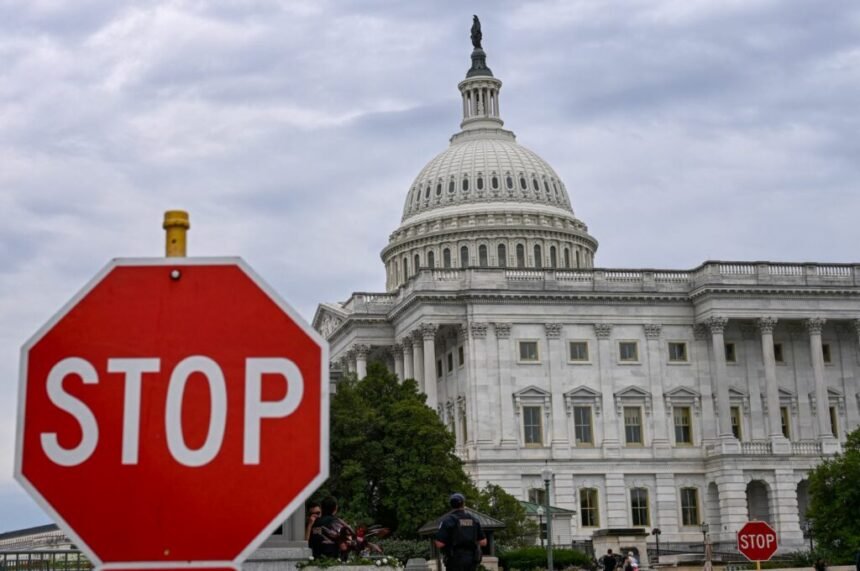On Tuesday evening, the U.S. Senate failed to pass a spending bill to keep the federal government funded, triggering a significant government shutdown for the first time in nearly seven years. While the shutdown will eventually end, the timing remains uncertain. Here are four possible scenarios:
1. Democrats Break Quickly
Senators from the Democratic Party previously rejected a Republican spending bill that would have funded the government through November. However, some Democrats, especially those facing re-election in swing states like Nevada, Georgia, Virginia, and Colorado, may feel pressure to break ranks due to potential economic impacts on their constituents.
Republican leaders, including Senate Minority Leader John Thune, are reportedly engaging in a series of votes to increase pressure on hesitant Democrats. If just a few more Democrats vote with Republicans, the shutdown could end despite the party’s broader position.
2. Democrats Concede
Even if Democrats largely hold together, growing public and political pressure could force them to back down. Federal employees and services affected by the shutdown may generate dissatisfaction, making it politically costly for the party that initiated resistance. This approach allows Democrats to maintain some political messaging while limiting broader economic and electoral damage.
3. Republicans Make Concessions
Republicans currently view themselves as being in a position of strength but could miscalculate. They may eventually make concessions to secure funding for healthcare subsidies or other critical programs, improving their political standing and reducing public blame. Although the party has rejected negotiating with what they call “political hostages,” a compromise remains a possible outcome.
4. Prolonged Shutdown – Both Sides Lose
If partisan rhetoric dominates and neither side yields, the shutdown could linger, causing widespread economic disruption. Historical precedent shows extended shutdowns erode public trust, punish both parties, and potentially fuel voter dissatisfaction. A long stalemate could pave the way for new political actors promising to challenge the entrenched system.







